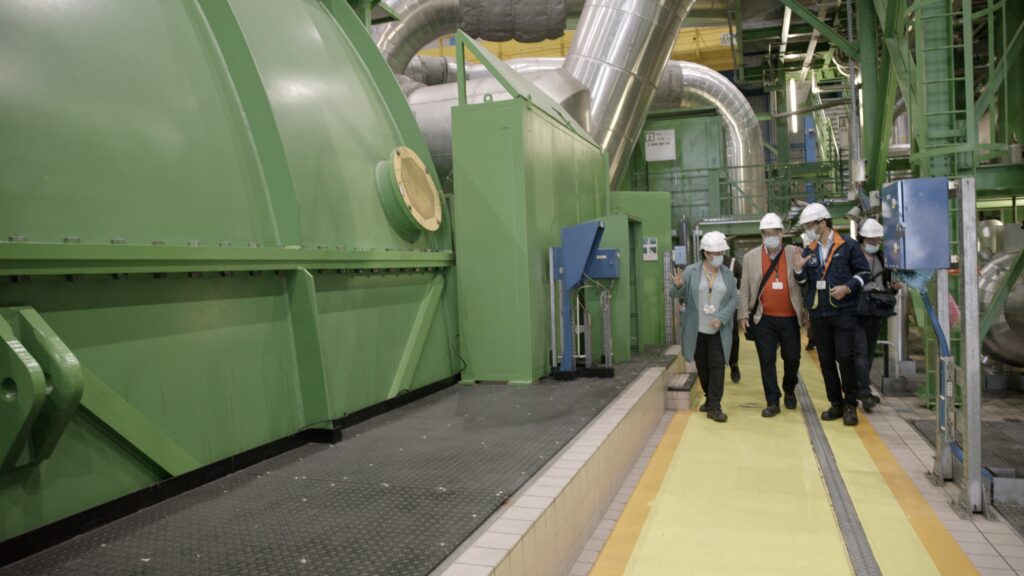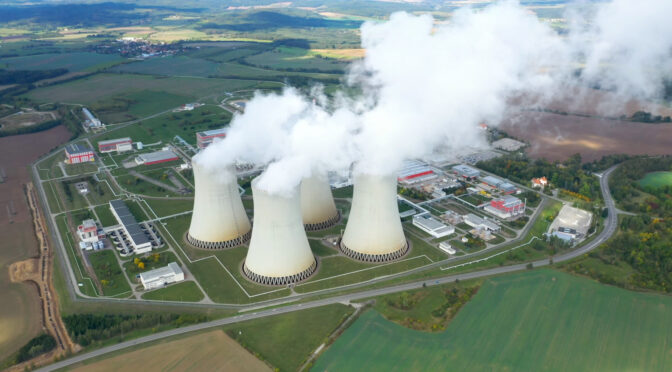Article by Angela Borraccio
Translated by Fabio Castagno
The last important guest of the 41st edition of Torino Film Festival is the American director Oliver Stone, who will be awarded with Premio Stella della Mole. He will hold a masterclass and present his latest documentary Nuclear Now, which leads the audience to reflect about the contradictions and paradoxes of humankind in his typically blunt and direct style. The film takes its inspiration from the arguments of the book A Bright Future: How Some Countries Have Solved Climate Change and the Rest Can Follow by Joshua S. Goldstein, a leading expert on international relations, war and society, energy and climate change. The authors’ obvious intentions are to explain that nuclear energy can be a solution to climate change and the challenges putting a strain on human survival on the planet.
The film starts with a quote by Marie Curie reminding us of the kind of attitude we should take to face the new horizons and new fears of a changing world: “Nothing in life is to be feared, it is only to be understood. Now is the time to understand more, so that we may fear less.” The director’s narrative voice argues that for too long nuclear energy has been demonized and considered dangerous because of the misinformation that big oil companies have helped spread for their political and commercial interests. In this landscape of unwarranted terror toward harmless low-level radiation, the anti-nuclear movement also has responsibility for equating nuclear energy with nuclear weapons without considering the advantages of this energy source over other renewable sources, which certainly can contribute to the energy transition but are still too limited by climate or geography.

The director reminds the audience of the confidence that scientists and politicians had already given to nuclear power in the past, from Eisenhower, with his Atom For Peace, to Kennedy, who had begun to hope for clean energy. Two big tragedies such as Chernobyl and Fukushima make it difficult to accept the construction of nuclear power plants. Stone calls them “human errors” and adds: “Damage from nuclear power is not comparable to other tragedies. Coal kills far more. Every year 4 million people die of pollution”. And it is with an optimistic outlook that in the finale, surrounded by scientists and experts, Stone reassures us that scientific research is focusing on the design of new smaller modular reactors and on waste storage. Starting from scientific foundations and simple graphics, the director has made what could be a possible solution to survival on Earth accessible to a non-expert audience. The spread of renewable sources along with nuclear technology could solve the ever-increasing demand for energy required by unstoppable industrial development, population growth and improved living conditions.

